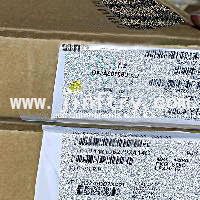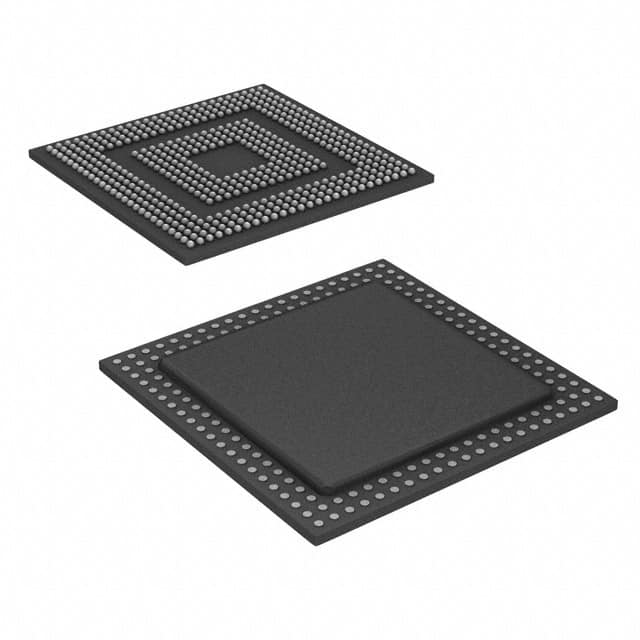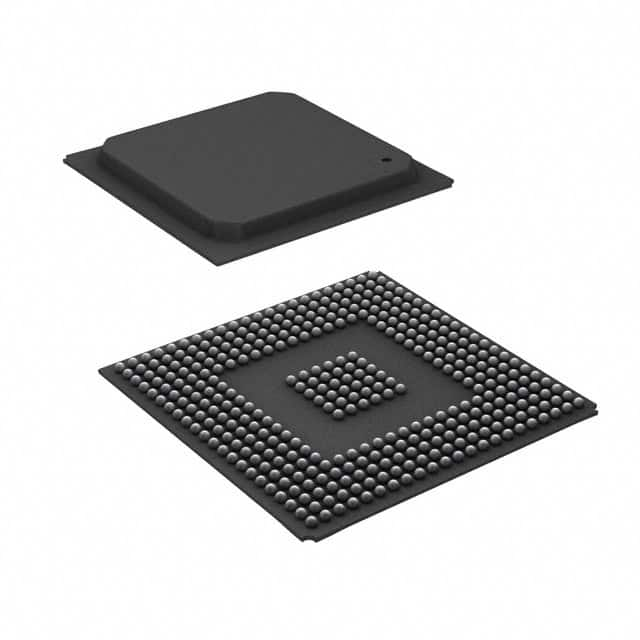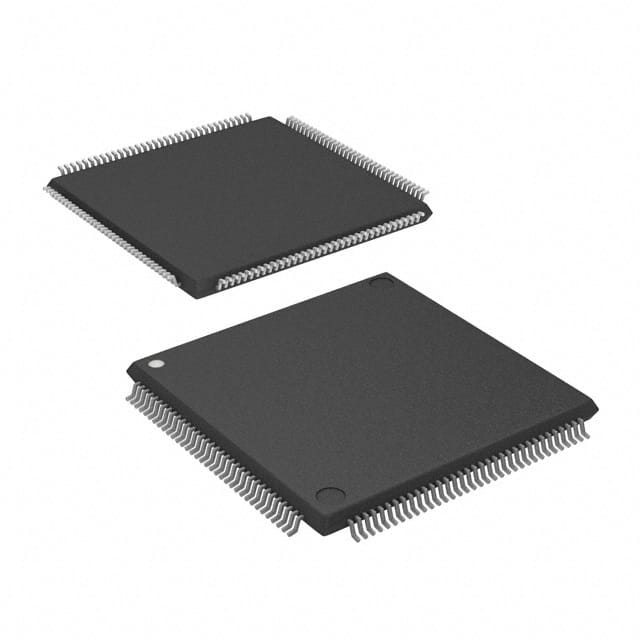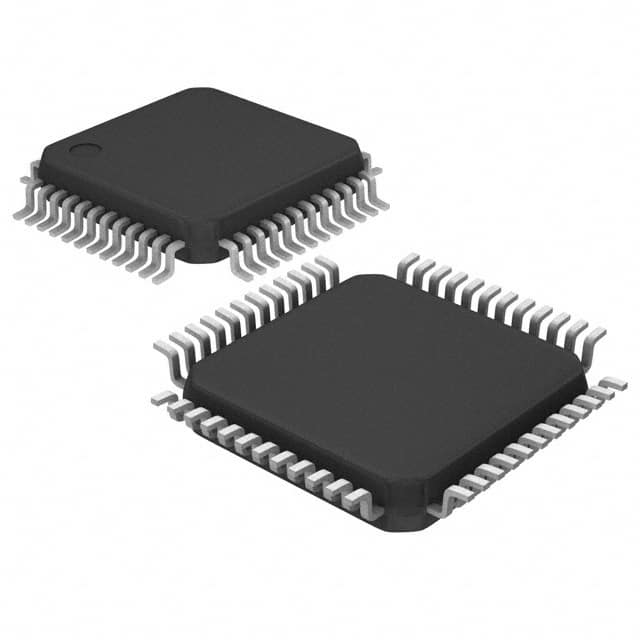CS497024-DVZR Product Introduction:
Cirrus Logic Inc. Part Number CS497024-DVZR(Embedded - DSP (Digital Signal Processors)), developed and manufactured by Cirrus Logic Inc., distributed globally by Jinftry. We distribute various electronic components from world-renowned brands and provide one-stop services, making us a trusted global electronic component distributor.
CS497024-DVZR is one of the part numbers distributed by Jinftry, and you can learn about its specifications/configurations, package/case, Datasheet, and other information here. Electronic components are affected by supply and demand, and prices fluctuate frequently. If you have a demand, please do not hesitate to send us an RFQ or email us immediately sales@jinftry.com Please inquire about the real-time unit price, Data Code, Lead time, payment terms, and any other information you would like to know. We will do our best to provide you with a quotation and reply as soon as possible.
Introducing the CS497024-DVZR, the latest cutting-edge product from Cirrus Logic Inc. This advanced audio codec is designed to revolutionize the audio experience in a wide range of applications. With its exceptional features and versatility, the CS497024-DVZR is set to become the go-to solution for audio enthusiasts and professionals alike.
One of the standout features of the CS497024-DVZR is its high-resolution audio capability, delivering crystal-clear sound quality with a dynamic range of up to 120dB. This ensures that every nuance and detail of the audio is faithfully reproduced, providing an immersive listening experience like no other.
The CS497024-DVZR also boasts an impressive array of connectivity options, including support for USB, I2S, and TDM interfaces. This allows for seamless integration with a wide range of devices, making it ideal for applications such as headphones, speakers, soundbars, and automotive audio systems.
Furthermore, the CS497024-DVZR incorporates advanced noise cancellation and echo suppression algorithms, ensuring that the audio remains pristine even in noisy environments. This makes it perfect for applications in teleconferencing, gaming, and voice recognition systems.
In summary, the CS497024-DVZR from Cirrus Logic Inc. is a game-changer in the audio industry. With its high-resolution audio capability, versatile connectivity options, and advanced noise cancellation features, it is the ultimate choice for audio enthusiasts and professionals in various fields. Experience audio like never before with the CS497024-DVZR.
DSP Digital Signal Processing (Digital Signal Processing) is a technology that uses computers or special processing equipment to digitize signals. It converts analog signals into digital signals, and uses efficient algorithms to sample, transform, filter, estimate, enhance, compress, identify and other operations, and finally gets a signal form that meets people's needs. Compared to general-purpose processors, DSPS typically have higher arithmetic throughput, lower latency, and more efficient memory management mechanisms, all of which are designed to meet the requirements of real-time signal processing.
Application
DSP (Digital Signal Processing) technology is mainly reflected in the accurate processing of signals. It can efficiently perform complex operations such as signal analysis, noise suppression and feature extraction, and provide reliable data support for subsequent decision or control. In addition, DSP also has high-speed computing power and low power consumption characteristics, especially suitable for scenarios that require real-time processing of large amounts of data, such as audio processing, video codec, communication systems, image processing, control systems and robots, medical and bioinformatics and other fields.
FAQ about Embedded - DSP (Digital Signal Processors)
-
1. What is built-in DSP?
Built-in DSP is a technology that combines digital signal processing (DSP) functions with power amplifiers. It not only has the power amplification function of traditional amplifiers, but also accurately processes and adjusts audio signals through DSP chips to provide a higher quality music experience.
The core advantage of built-in DSP lies in its powerful audio processing capabilities. Through DSP technology, audio signals can be optimized and managed to achieve active frequency division, delay processing, EQ debugging and other functions, thereby improving the performance of the audio system and making the sound clearer and more pleasant to listen to.In addition, DSP amplifiers also support parameter adjustment through computers, mobile phones and other devices, providing more flexible audio management solutions.
-
2. What are the three types of signal processors (DSP)?
There are three main types of signal processors (DSP): enhanced DSP, VLIW structure, superscalar architecture, and SIMD structure hybrid structure.
Enhanced DSP: This DSP has a highly optimized instruction set and structure that can quickly execute common signal processing algorithms. They are often used in applications that require high-speed signal processing.
VLIW structure: DSP with VLIW (Very Long Instruction Word) structure can execute multiple instructions in one cycle, thereby increasing processing speed. This structure is suitable for applications that require high parallel processing capabilities.
Superscalar architecture and SIMD structure hybrid structure: These structures combine the advantages of superscalar and SIMD (Single Instruction Multiple Data) technologies, can process multiple data in a single instruction cycle, and are suitable for application scenarios that require high-performance computing.
-
3. What is the difference between DSP and FPGA?
The main difference between DSP and FPGA lies in their design purpose, structure, programming method and applicable scenarios.
First of all, there are fundamental differences between DSP and FPGA in design purpose and structure. DSP (digital signal processor) is designed for digital signal processing, with a dedicated instruction set and hardware accelerator for efficient processing of digital signals. FPGA (field programmable gate array) is a programmable logic device that can be programmed according to user needs to realize various digital logic circuits. FPGA contains a large number of logic gates and triggers inside, usually using a lookup table structure, while DSP uses a Harvard structure, with separate data bus and address bus, allowing programs and data to be stored separately to increase processing speed.
In terms of programming methods, DSP is usually programmed through assembly or high-level languages (such as C/C++) and has a complete C language compiler. FPGA is designed through hardware description language, which has high flexibility but high programming complexity. DSPs are relatively easy to program because they are designed for specific types of computing tasks, while FPGAs offer greater flexibility but are more complex to program.
Finally, DSPs and FPGAs are suitable for different application scenarios. DSPs are suitable for tasks that require high-speed processing of large amounts of digital signals, such as communications, audio processing, image processing, and other fields. FPGAs are suitable for applications that require highly customized hardware acceleration, such as high-performance computing, complex signal processing, and more. The flexibility of FPGAs makes them more advantageous in projects that require frequent changes in functionality, while DSPs perform better in applications that require efficient processing of fixed algorithms.
 Lead free / RoHS Compliant
Lead free / RoHS Compliant



